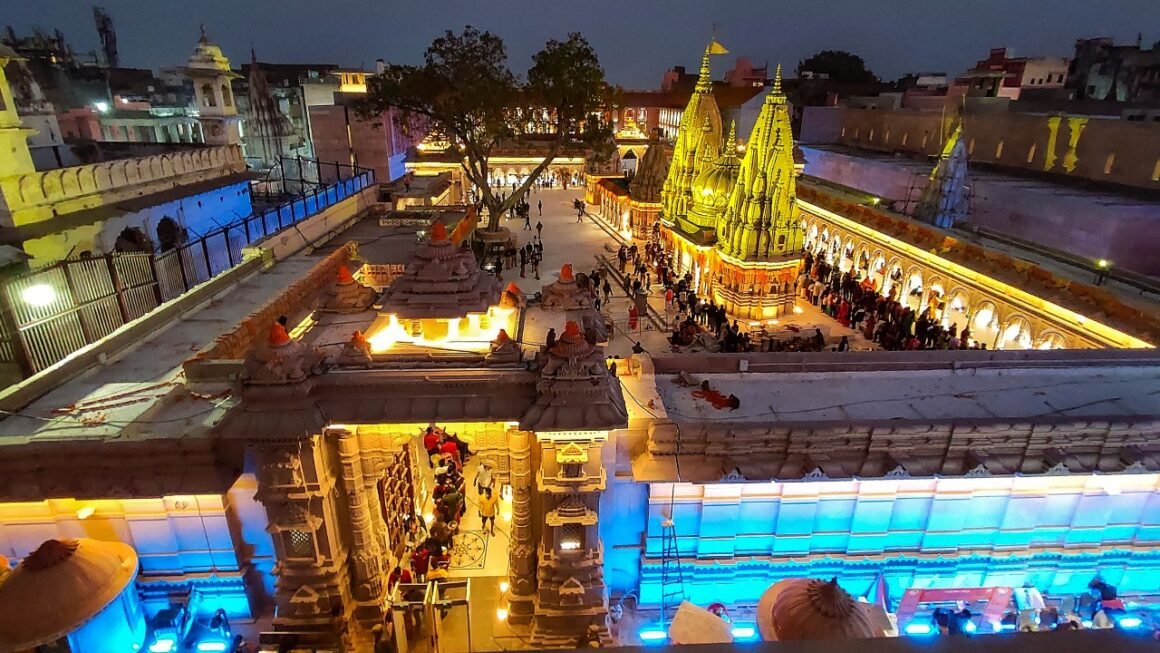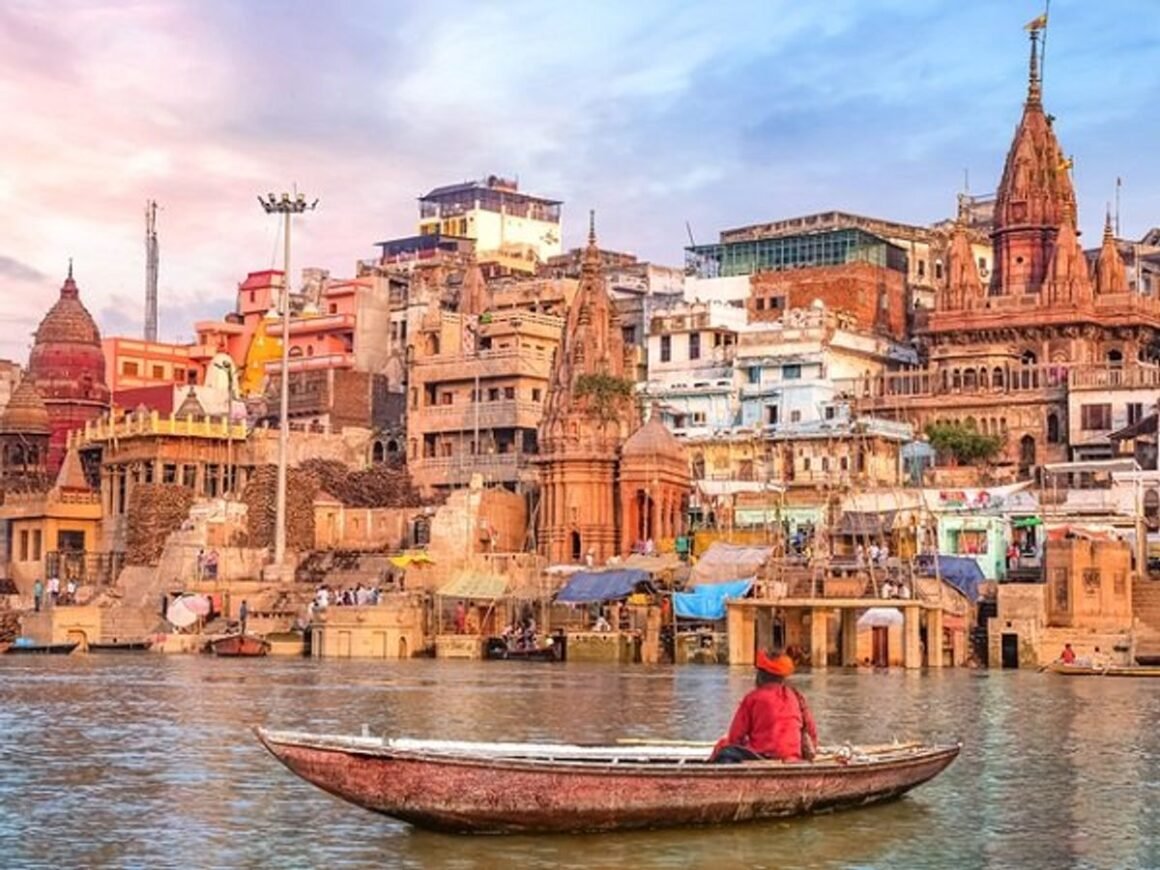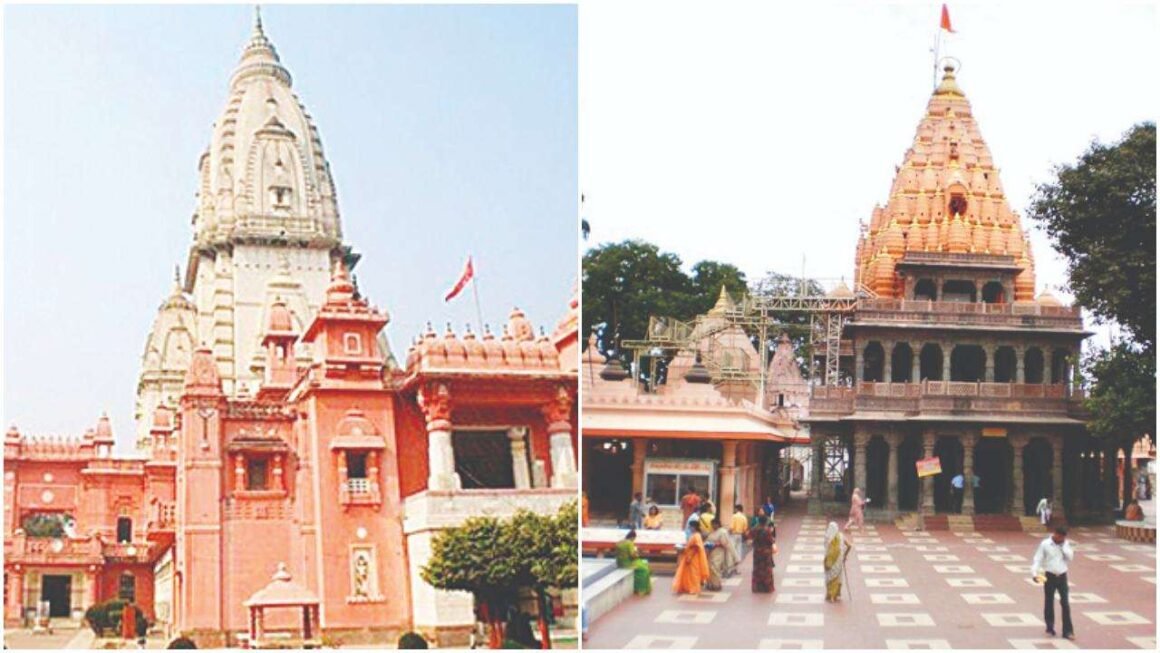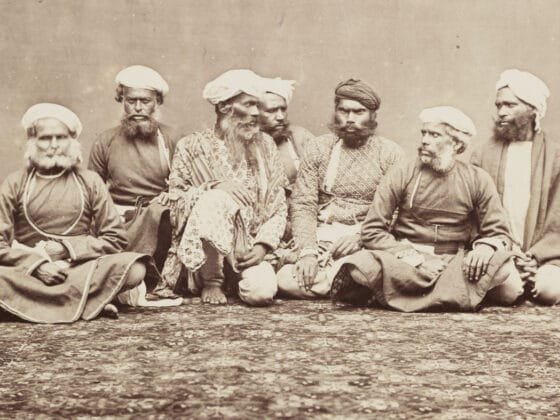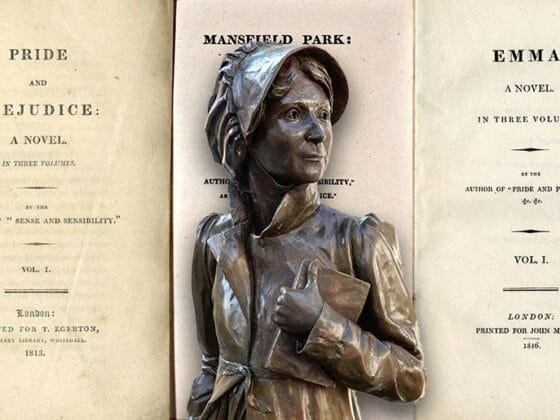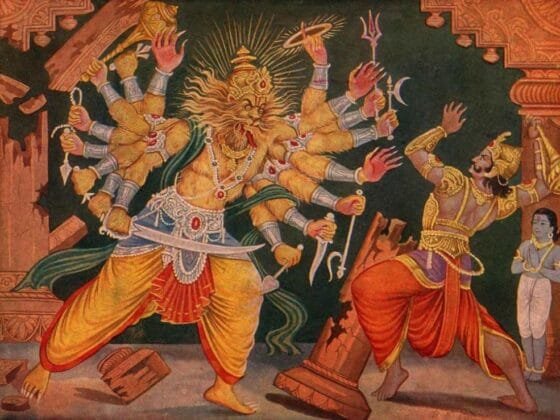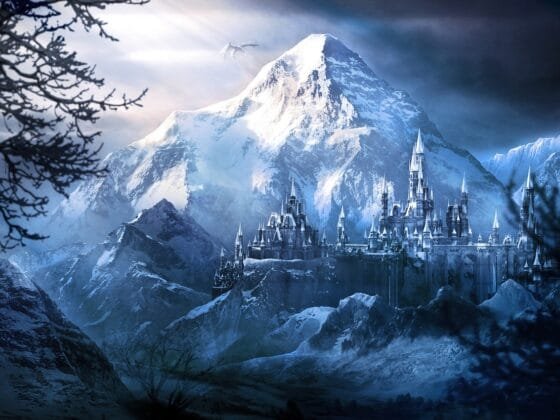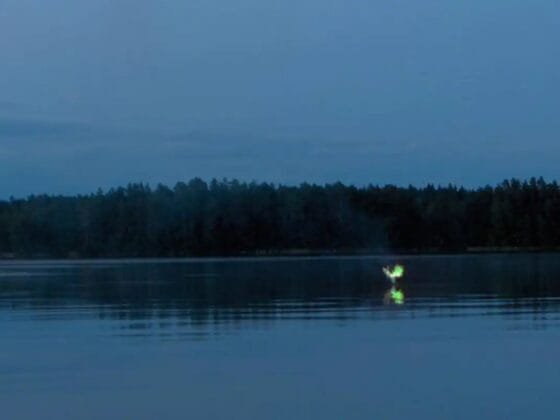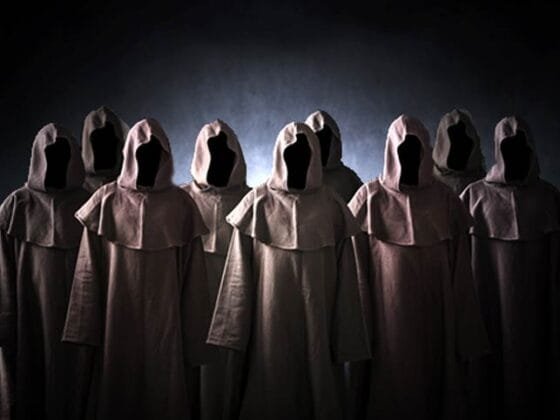Demolition, Restoration, and Inauguration! What Next?
Jaighosh of Sri Ram post Ayodhya-Babri verdict had added hope for the Shiv Bhakts too. Since the beginning, Kashi Vishwanath Temple, situated in the Vishwanath Gali of Varanasi, Uttar Pradesh has been in the eyes of people. Located on the bank of Ganga, it has gone through the process of demolition and restoration so many times that for many, the wounds feel fresh till
date. But why is Kashi Vishwanath Temple in the news? Why do we need to know about it? Read below to find out the chronology of events of the great Kashi Vishwanath Mandir to seek answers to all your questions. Here’s presenting ‘Kashi Vishwanath Temple: The Chronology..
History Of Kashi Vishwanath Temple
Kashi Vishwanath Temple is one of the twelve jyotirlingas, known as the Vishweshwara or the Vishwanath. The Skanda Purana mentions about Kashi Temple in its section of Kashi Khanda. There may not be particular evidence of when this was written but as per the book ‘Varanasi Down The Ages’, Kashi Khand witnessed acceptance as an authority around 14th Century A.D. However, Kashi Khand itself includes incidents from the Sat Yuga and excerpts of Maharishi Ved Vyas, Rishi Agastya, Lord Kartikeya and others. This indicates the present Shiva temple having
ancient connections.
Faith Associated With Kashi
Kashi Tirath is considered to be the most auspicious as it is said that a single visit is equivalent to visiting the other eleven Jyotirlingas. Lord Shiva, being the destroyer, is associated with death. It is said that being in Kashi and surrendering to Shiva helps a human to free himself
from the never-ending cycle of birth and death. It is believed that the messengers of Lord Shiva, the Ganas and not the Yamdoots accompany the Kashi-Vishwanath Bhakts on their last trip.
Kashi Temple Attaining Its Structure
This holy place has witnessed the presence of many saints and pious personalities including Adi
Shankracharya Ji, Swami Vivekananda, Swami Dayanand Saraswati Ji, Tulsidas, and many others. The present temple has acquired its shape and structure because of the Maratha ruler,
Queen Ahilya Bai Holkar, of Indore in the year 1780. However, the reins of the temple came
into the hands of the Government of Uttar Pradesh in 1983 and since then, it has been
managed by the government.
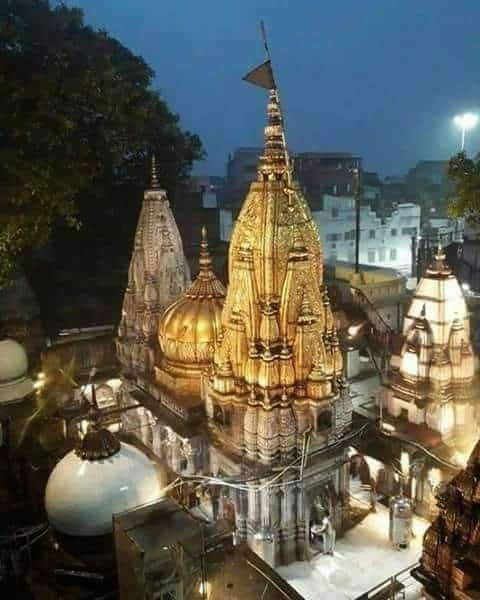
Destruction Diaries of The Temple
The holy temple of Mahadev has gone through tons of construction and destruction phases.
Still, it stands erect, allowing the bhakts to hold on to their undying faith. It is merely not the
power of Shiva, but the relentless efforts of many in the past who chose to let their faith reside
where it was meant to be. Ahilya Bai Holkar is the one! Moving ahead, let us flip the pages of the past and try to understand the episodes of destruction.
First Phase Of Destruction
It is said that the Army of Aibak in 1194 CE destroyed the original temple on the orders of
Mohammad Ghori in order to build Razia Mosque. However, a ray of hope emerged when it
was rebuilt in 1230 when Sultan Iltutmish was ruling. Alas, it couldn’t last as the temple was
once again shattered either when Hussain Shah Sharqi was on the throne or when Sikander Lodhi ruled.
Second Phase Of Destruction
During Akbar’s Mughal Rule, Raja Man Singh is to be given the appreciation for building the temple. Further, Raja Todar Mal re-built it in 1585. But this called for some controversy as Raja Todar Mal’s daughter was married into the house of Islamic rulers. When Jahangir was ruling,
Vir Singh Deo also contributed to the restoration or construction of the temple. But with Aurangzeb rising with his power, a deep wound was given to the Kashi-Vishwanath Temple. In
1669 CE, he destroyed the lingam and built the Gyanvapi Mosque in its place.
Third Phase Of Destruction:
A Path Towards Restoration
Two unsuccessful attempts to restore the temple and demolish the mosque were witnessed during the British period. In 1742, Maratha Ruler Malhar Rao Holkar failed due to the Nawab of Awadh who had control over the territory. Even the Maharaja of Jaipur in 1750 couldn’t attain the land to gain possession over the temple area. Later, daughter-in-law of Malhar Rao, Ahilya Bai Holkar rebuilt the temple adjacent to the mosque. This phase can be called as not thedestruction phase but the real ‘Restoration’ phase by a brave and smart woman, who continued the legacy of her family.
The contribution of Maharaja Ranjit Singh of the Sikh Empire couldn’t be skipped either. In 1835, one tonne of gold for the dome of the temple came as a contribution from his wife’s side. Not to forget, history says that the seven feet stone statue of Nandi came from the side of Rana of Nepal and silver came from the side of Raghuji Bhonsle 3 of Nagpur.
Present State Of Kashi Vishwanath Mandir
Recently, our Prime Minister, Sh. Narendra Modi inaugurated the Kashi Vishwanath Dham’s Phase 1 on December 13, 2021. The inauguration of the corridor has been welcomed by many.
However, for many it is being viewed as a political initiation. But why has this place been in the middle of religious and political controversies? Read below to find out the incidents in chronological order.
Gyanvapi Mosque V/S Kashi Dham
In 1991, petitions were filed in the Varanasi Court for seeking permission to offer prayers in the mosque as it belonged to the temple and Aurangzeb had demolished it. Buried deep down, this case suddenly emerged on the grounds after lawyer Vijay Shankar Rastogi filed the petition in the lower court.

Revival Of The Case And Controversy
The demand for the restoration of the land to the temple was reflected in the petition that was filed in 2019’s December on the behalf of Swayambhu Jyotirlinga Bhagwan Vishweshwar. But Gyanvapi Mosque had shown its opposition and in January, 2020 Anjuman Intezamia Masjid
Committe had also opposed it through an objection. Later, on April 8, 2021 a Varanasi Civil Court had directed the Archeological Survey Of India to survey the Gyanvapi Mosque and out of their five member ASI team, atleast two should be from the minority community.
The Allahabad High Court’s Stay On The Survey
As per Justice Prakash Padia, the high court had reserved its judgement post hearing the parties on March 15, 2021. According to him, this order by the Varanasi Court was not necessary. Therefore, the latest development says that the Allahabad High Court has stayed the order directing ASI survey in the mosque’s complex. As per the Places of Worships Act, 1991, there is a prohibition on changes in the religious character of a worshipping place that existed on August 15, 1947. This act has been taken into the consideration by the Allahabad Court.
Inaugration Of The Kashi Vishwanath Dham
Along with these developments, public could finally witness the inaugration of the Kashi Temple Complex. The enlargement of the complex to around five lakh square feet and enhancement of the capacity to hold around 50-70 thousand devotees per day has fulfilled dream of many. The inaugural ceremony flashed on almost all the channels and was covered by
almost every digital and print media.
Future Of Mahadev’s Nagri
With the inauguration of the Kashi-Vishwanath Campus, doors have definitely opened for tourism and employment. Read below to know what is special in the present structure of Kashi Vishwanath Temple’s Campus and how shall it impact the future of India.
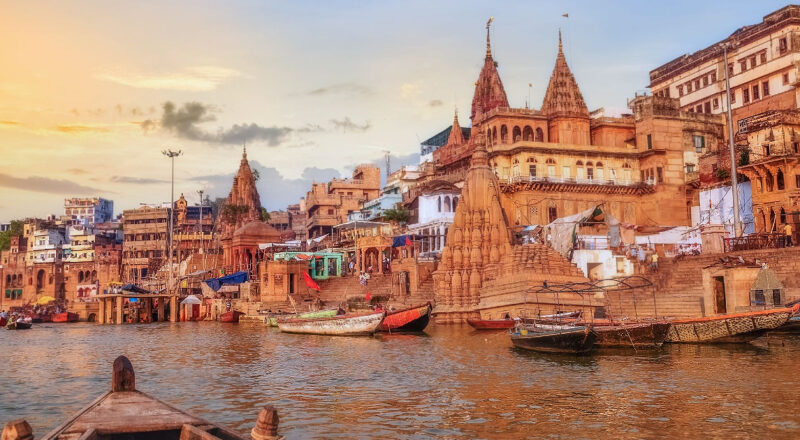
The Grand Structure
The 700 crore rupees Kashi Vishwanath Corridor provides a beautiful access to the pious river Ganga. The link between the Varanasi Ghats to the new entrance of the temple has been restored. Devotees can now take boats and cherish the breeze of Ganga while enjoying the serenity around. The campus now has 24 buildings including a vedic library, gallery, a sacred kitchen, museum, resting spot for tourists, help center, food court, and what not! Some
temples nearby that had gone hidden have now been revived too. The credits can be given to architect of the project, Mr. Bimal Patel.
Long Journey Towards The Execution
The 500 metre long corridor’s construction was a long process. In 2018, Yogi Adityanath, CM, UP had made SKVSADB, the Shri Kashi Vishwanath Special Area Development Board that worked to acquire around 300 buildings to use that area for the campus. This lead to controversies from the opposition and others as they indicated towards commercialization that wasn’t required and tampering of the ancient temples. Post Supreme Court Of India’s dismissal
over such petitions, the work could be carried out smoothly.
What Next?
The faith seems to have been restored but the struggle for the ultimate ‘right’ for many might continue. Even after High Court’s stay, the petitioners looking to seek back their temple area from the mosque shall continue to find a way out. Only time will tell how things will take shape. As of now, the campus of Kashi Vishwanath Temple is all set to welcome the devotees and give
a rise to employment and tourism, and travel. However, as devotees or tourists, we also need to promise to visit this auspicious place with discipline, keeping in mind the safety, the precautions, the cleanliness, and most importantly, ‘the sentiments.’
Tip: The designer can make a chart/image depicting the chronology of events to be inserted
within the blog..

 Add to favorites
Add to favorites

